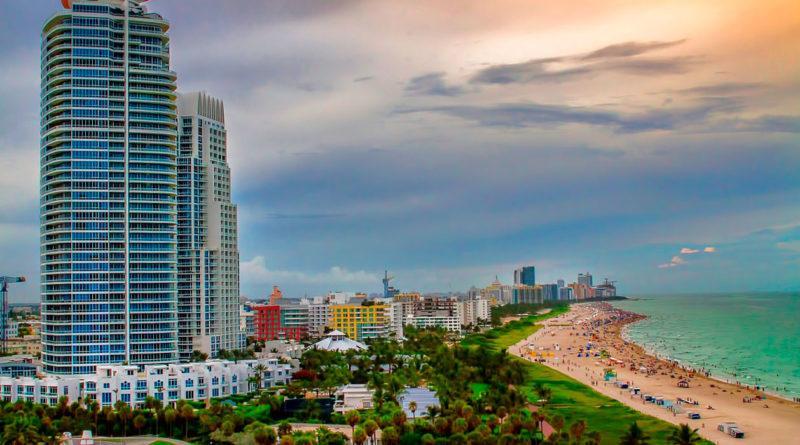Miami Beach over mangroves and swamps
The recent tragedy on June 24 at Champlain Towers South, a building of more than 100 apartments by the sea in Miami Beach, set off alarm bells in Surfside, a Florida town of more than 5000 people.
As of this writing, experts are still debating the causes of such regrettable event. They point to structural damage, deterioration of the property and climate change, along with the characteristics of the soil. I would like to add, above all, that this island was built in the early twentieth century on mangroves and swamps and, as has been proven, nature will always seek its course.
When construction began in Miami Beach, on miles of sand, swamp and mangroves, the area was always prone to coastal flooding. Over time, this has caused subsidence, and this collapsed building, reported sinking of up to 2 millimeters per year for decades. This undoubtedly affected its foundations and structure.
Several media have published studies that warned about possible coastal flooding in that area, which means the growth of the sea and swampy waters is also due to global warming.
Miami Beach is an island – barrier built on natural land, while the eastern part of the city, which has the highest elevation, is erected on limestone rocks and the western part, sits on reclaimed wetlands. That is, when the city expanded, they leveled the mangroves, filled it with soil and rocks and built the buildings.
Logically, we must ask ourselves, what will happen? According to scientific and environmental studies, sea levels are expected to rise at the current rate over the next 20 to 30 years. Everything will depend on how much carbon emissions are reduced so that this effect stops. In that case, different scenarios arise about the impact of climate change and the melting of the polar regions, but almost all of them pose a very large threat both to Miami Beach and to many other communities.

